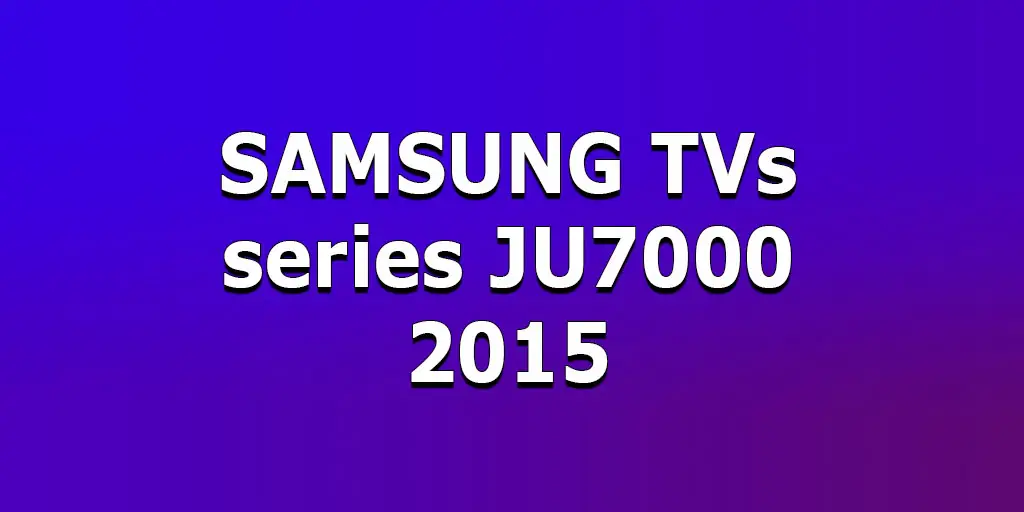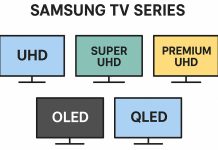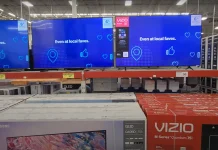Samsung 7 Series TVs, released in 2015 for the US and Canadian markets, have become some of the most popular models of their time. They offer 4K resolution, smart features, and advanced picture processing technologies. However, there are some differences within this series that are important to consider when making your choice. The JU7100, JU7500, and JS7000 models differ markedly in features, design, and capabilities. In this review, we’ll take a closer look at each of them to help you figure out which model is best for you.
Samsung JU7100
The JU7100 is a classic flat panel TV with 4K resolution and a good panel. It supports 120Hz refresh rate and uses Motion Rate 240 technology – a marketing name for picture enhancement technology, the number 240 means nothing and there’s no point in paying attention to it. JU7100 is equipped with active 3D technology and supports Mini One Connect for easy connection of external devices. It comes with a Smart Touch remote that allows you to control the TV with your voice. This model is available in a wide range of diagonals from 40 to 85 inches.
Samsung JU7500, curved screen
The JU7500 is a curved version of the JU7100, retaining almost all of its features. It also supports 120Hz, Motion Rate 240 technology, active 3D and works with Mini One Connect. The difference in design makes it more suitable for immersive experience enthusiasts: the curved shape enhances the viewing experience, especially when viewed from the center, although this claim is debatable. The JU7500 is available in popular diagonals including 40, 55, 65 and 78 inches.
Samsung JS7000 4K TV with Quantum Dot Technology
The JS7000 stands out among the 7-series models by using Quantum Dot technology, which provides more accurate and richer color reproduction. Simply put, the LED screens in these TVs are made of improved materials, with liquid crystals allowing more light to pass through, providing a brighter and more saturated image. Despite the lack of 3D support and touchscreen remote control, this TV remains a great choice due to its more progressive 4K screen. The refresh rate is 60Hz and the motion frequency is 120Hz. The model doesn’t support the One Connect set-top box, but it’s this, as well as a more modest feature set, that often makes the JS7000 attractively priced. It will suit those who are looking for a high-quality picture without overpaying for additional technologies.






